#Penn Museum
Text
#MetalMonday:


Silver Ram’s Head Rhyton, c. 700-600 BCE, from Ziwiye (Iran)
On display at Penn Museum
Read more about this piece here:
#animals in art#museum visit#ancient art#Iranian art#Middle Eastern art#Near Eastern art#rhyton#drinking vessel#metalwork#silver#ram#Penn Museum#Metal Monday
183 notes
·
View notes
Text
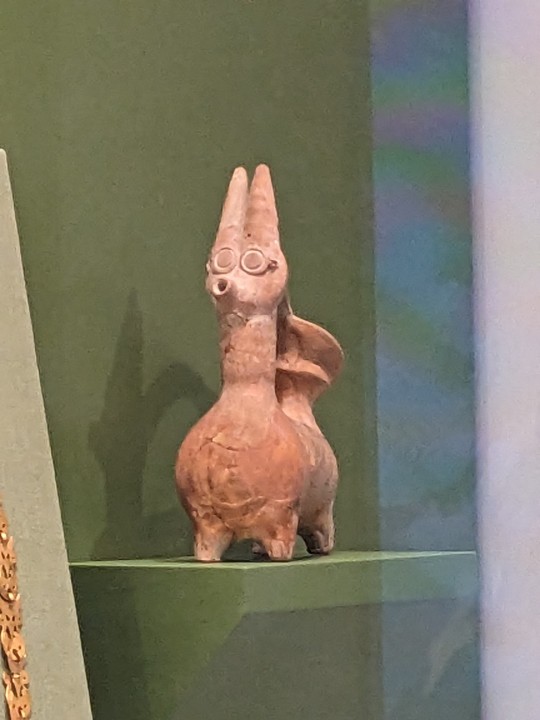
this thing is now one of my favourite things in the world
91 notes
·
View notes
Text

*TF2 Meet The Team fanfare*
89 notes
·
View notes
Photo

Stone tablet with proto-cuneiform inscription
Mesopotamia (Iraq), probably Girsu (modern Tello)
Early Dynastic period, ca. 2750-2500 BCE
The text records allocations of land to various individuals, and it mentions the name of a certain Enhegal, who seems to bear the title “king (lugal) of Lagash,” but who is otherwise not attested in historical sources.
Penn Museum, Philadelphia, PA, CBS 10000
https://www.penn.museum/collections/object/347463
204 notes
·
View notes
Text

My companion for the day (and the foreseeable future volunteering).
20 notes
·
View notes
Text

Ancient Egyptian ka-statue (painted limestone) of the Royal Acquaintance Nenkheftkai. Artist unknown; ca. 2500-2350 BCE (5th Dynasty, Old Kingdom). Found at Deshasheh, Egypt; now in the Penn Museum. Photo credit: Mary Harrsch/Wikimedia Commons.
#art#art history#ancient art#Egypt#Ancient Egypt#Egyptian art#Ancient Egyptian art#5th Dynasty#Fifth Dynasty#Old Kingdom#sculpture#portrait sculpture#stonework#limestone#carving#Penn Museum
69 notes
·
View notes
Photo
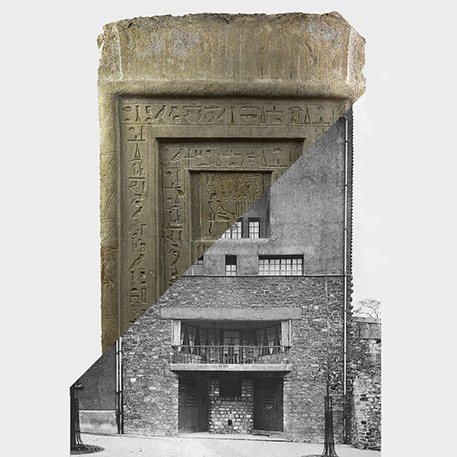
False door, tomb chapel of Irty-Ptah | Saqqara, Egypt, 2350-2170 BC
VS
Adolf Loos, Tristan Tzara House, Paris, France, 1925-1926
#penn museum#philadelphia#Pennsylvania#egypt#ancient egypt#tomb#chapel#door#false door#square#facade#adolf loos#paris#tristan tzara#house#home#Montmartre#architecture#sculpture
117 notes
·
View notes
Text
Dagger

Electrotype reproduction of gold dagger with lapis handle (in gold filigree sheath) recovered from the site of Ur in Iraq. Commissioned by British Museum / University Museum Expedition to Ur, Iraq, 1928. The original hilt is of lapis lazuli set with gold studs. The original blade is gold, plain on the back except for two lines of beading, but of rich filigree design in front.
CURRENT LOCATION: Penn Museum (Original in Baghdad)
OBJECT NUMBER: 29-22-10A
PROVENIENCE: Ur, Iraq
MEASUREMENTS: 37.6 cm X 5.5 cm X 3.2 cm
5 notes
·
View notes
Text



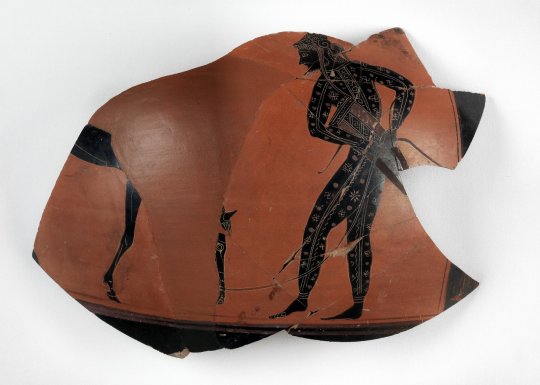
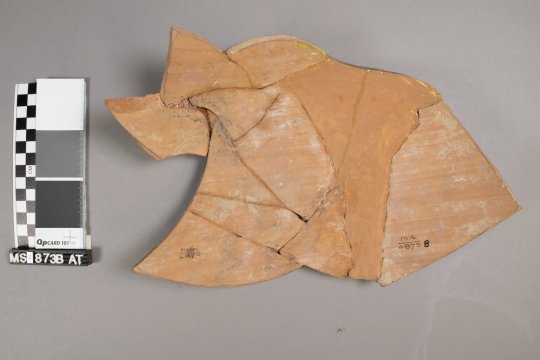
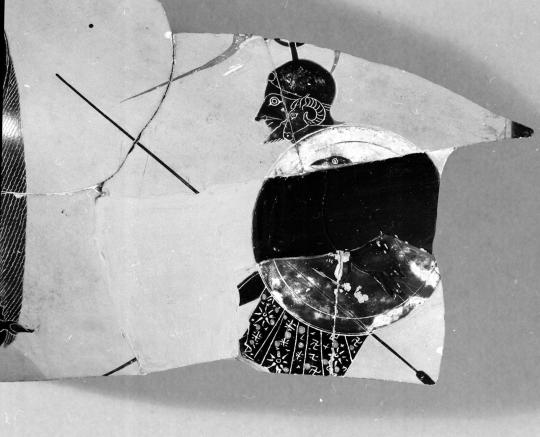


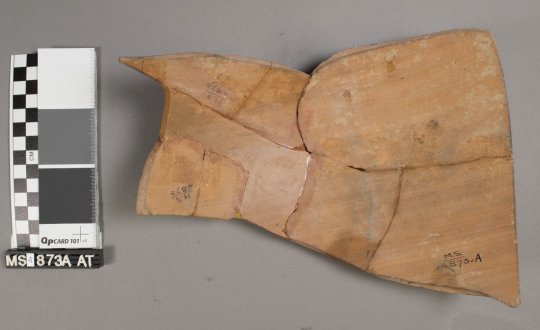
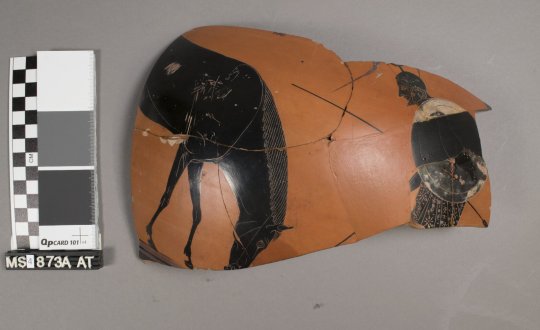
Scythian and Greek warriors covered in swastikas, solar crosses, and eight-pointed stars with grazing horses by Exekias 550-525 BCE. Found in Orvieto, Etruscan era, but believed to be of Greek manufacture. I had a real time trying to find hi-res images of this.
"With good pasture land at a premium, horses remained synonymous with wealth throughout all of Greek history. They were used principally for the essentially upperclass pastimes of hunting and racing in peacetime and for cavalry service during wartime. During the Trojan War the Homeric heroes on both sides rode into battle in two-horse chariots and exchanged horses as high-status gifts. At the beginning of the 6th century BC the second class of citizens in Athens, the Hippeis (meaning "Knights"), were required to own horses and to serve in the cavalry. The cavalry´s role remained fundamental to Greek military tactics until the end of antiquity.
The value placed on horses is reflected in their role in art and religion. Small bronze and terracotta votive horse figurines were used as the handles on the lids of 8th century BC vases. At the Sanctuary of Zeus in Olympia and elsewhere in the Geometric period, they were dedicated to the gods as surrogate high-status gifts. They continue to figure prominently in coins and art throughout Greek history.
On one side, an armed Greek warrior gazes at his horse. The other side depictes a Scythian with his grazing horse. Drawn by one of the truly great masters of Greek vase painting, these small, warm blooded and finely boned animals are the descendents of an equine type first brought into the Mediterranean region in the early 2nd millennium BC The Scythian attendant is dressed in stereotypical nomadic costume.
These fragments have recently been attributed by Mr. J. D. Beazley, of Oxford, to the great master of black-figured painting, Exekias, an attribution which not only enhances the interest of the fragments themselves, but also, to the present writer’s mind makes certain the attribution to Exekias of another vase in the Museum, the Antilochos amphora. Furtwaengler was the first to connect this amphora with Exekias, and Mr. Beazley has also associated it with him, saying that it ‘may well be from the painter’s own hand.’ The very close resemblance of the large white shield, with its blazon of a bird, to a shield on the Antilochos amphora seems now to warrant an unqualified attribution of this vase to Exekias."
-taken from Penn Museum
#scythian#ancient greece#swastika#antiquities#european art#art#etruscan#pagan#ancient pottery#ancient art#greek art#museums#paganism#penn museum#6th century bce
26 notes
·
View notes
Text
#indo caribbean#indo guyanese#guyana#attire#indian diaspora#asian diaspora#orhni#achara#anchal#churiya#bera#kara#orhaying#penn museum#watson kinter#the cutlass magazine
4 notes
·
View notes
Text
For #OwlishMonday:

Attic Red Figure Owl Skyphos
c. 450 BCE
on display at @pennmuseum
“Small drinking cups with owl and olive branch were popular in 5th century Athens. The owl was particularly associated with Athena, the patron goddess of Athens. The motif of owl with olive symbolized Athens and was derived from the city's famous coinage.”
#animals in art#ancient art#greek art#European art#ceramics#cup#skyphos#owl#Owlish Monday#Penn Museum#museum visit#birds in art
140 notes
·
View notes
Text
#All rights are reserved#University of Pennsylvania#University of Pennsylvania Museum of Archaeology and Anthropology#Penn Museum
0 notes
Text
The Sickle Waster

View On WordPress
0 notes
Photo

Ivory plaque in “North Syrian” style
ca. 800-700 BCE
Found at Nimrud, ancient Kalhu (Iraq)
Penn Museum, 61-3-2
126 notes
·
View notes
Text

Chicken Tagine and Moroccan Couscous at the Penn Museum today. Seriously, if you ever visit and go to the museum, you have to eat in the cafe. So good!
5 notes
·
View notes
Photo

bronze fibula with disc foot, from a trench tomb in etruria, circa 600 BCE.
0 notes